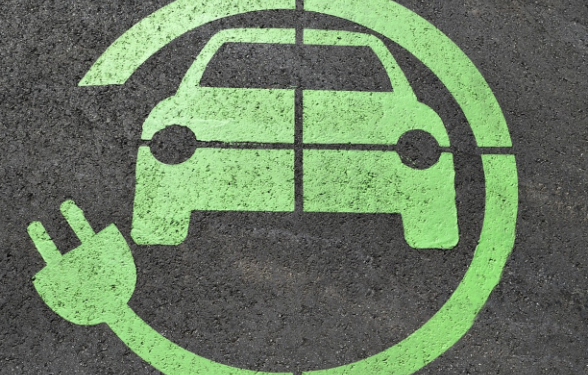The government offers large amounts of money for Americans to buy electric vehicles (EVs) to help reduce the amount of carbon dioxide in the atmosphere. Many claims about EVs and their effects on the environment often seem conflicting. As with most manmade products, it can be difficult to fully measure all the environmental impacts: the activities used to gather the materials to make them, the energy and processes to manufacture them, and the impacts of using and then disposing of them.
What Is Net Zero?
The term “net zero” refers to achieving a balance between the amount of positive versus negative impacts of a particular activity or product on greenhouse gas emissions so that the “net” amount of climate-changing gases is zero or even less. For EVs, this would mean that the vehicles reduced greenhouse gas emissions (GHG) such as carbon dioxide as much as they produce. EVs are commonly compared to gas-powered cars, which release greenhouse gases by burning gasoline.
The Environmental Protection Agency (EPA) states that even when the costs of battery manufacturing are included, EVs are cleaner for the planet because they create fewer greenhouse gases. But is this entirely true?
Ecotoxins and EVs
There are other chemicals and pollutants involved in manufacturing both EVs and gas-powered cars that are not considered by the EPA here, however, and many are toxic to humans and can pollute water, air, food, and soils. Because they are poisonous and can cause sickness, cancer, birth defects, and other health problems, these toxic chemicals are often called “ecotoxins.” Many of these can last so long in the environment that they are called “forever chemicals.” They also collect in animals’ bodies, including humans. […]
— Read More: granitegrok.com




